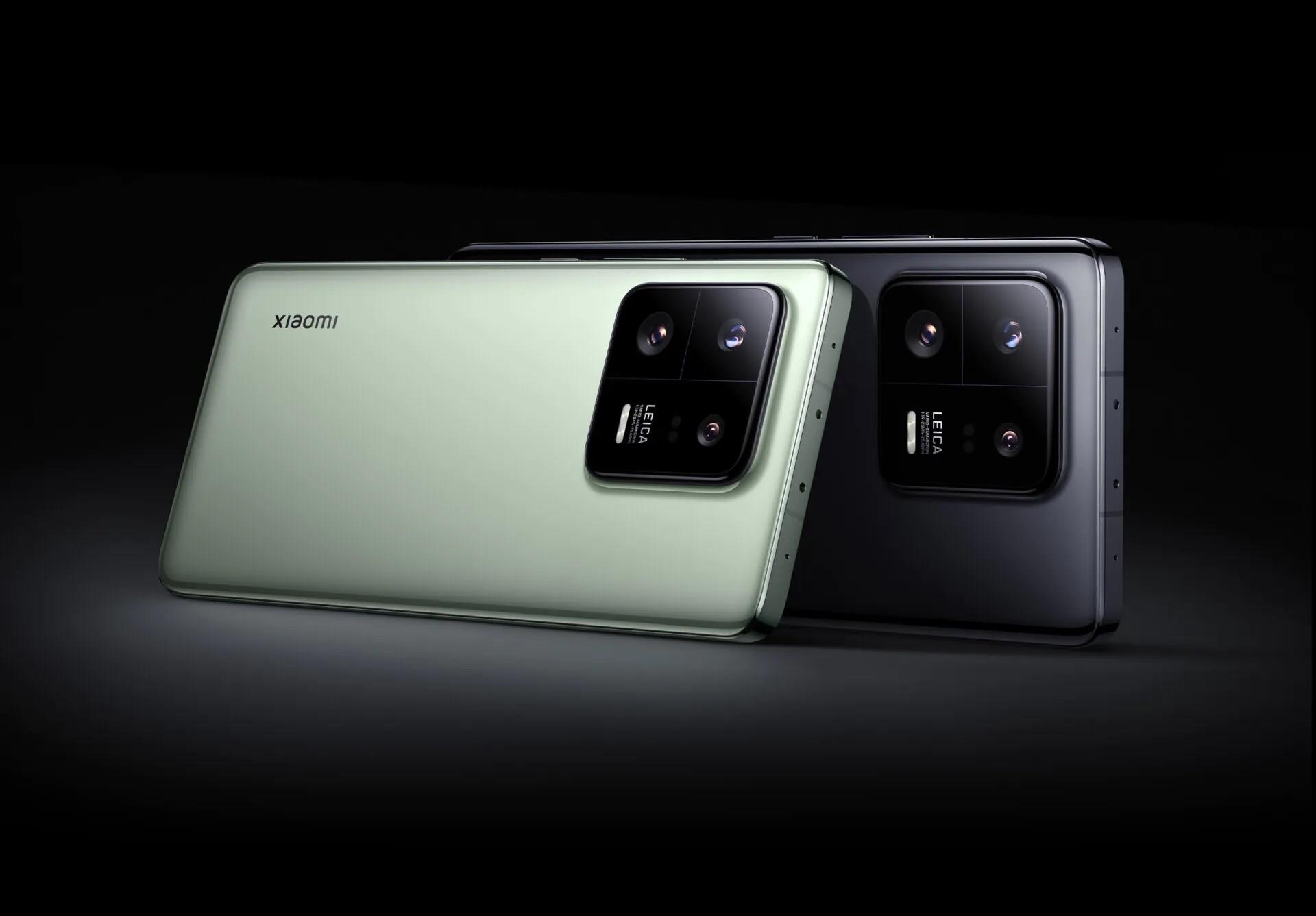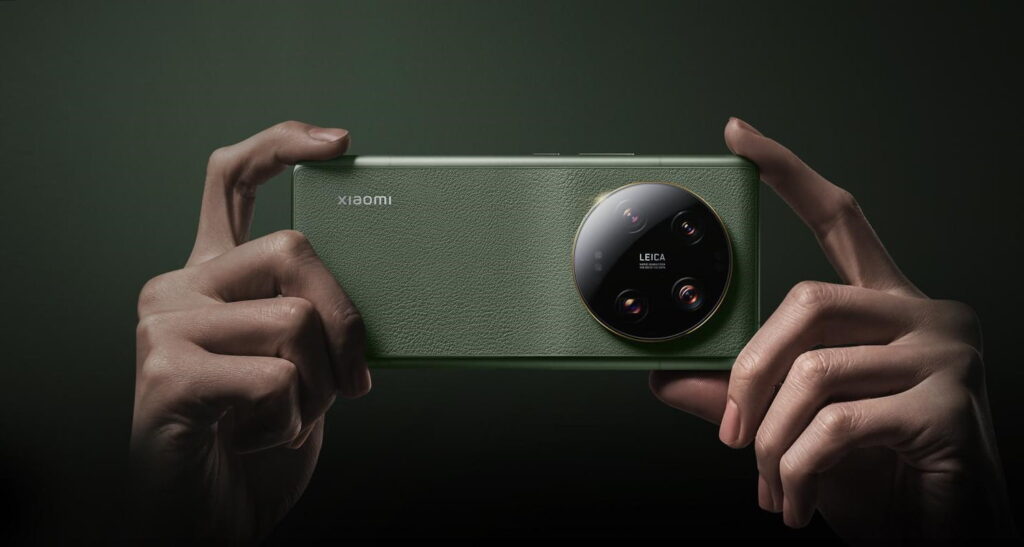In a significant move announced this October, Xiaomi unveiled its strategic shift from the longstanding MIUI OS to the futuristic HyperOS, marking the retirement of the former after a remarkable 13-year run. The pioneering HyperOS made its debut alongside the introduction of the Xiaomi 14 series, signaling a new era in Xiaomi’s software landscape. Building on this paradigm shift, the company articulated its intent to extend the HyperOS developer version beyond the Xiaomi 14 series to encompass other Xiaomi and Redmi handsets within China. Subsequently, Xiaomi has now confirmed the global expansion of the HyperOS developer version update, detailing the Xiaomi, Redmi, and Poco models set to receive this transformative software upgrade.
In a post on X, Xiaomi confirmed that several smartphones and a tablet will receive the HyperOS update globally within the first quarter of 2024. The firm assured that those who signed up for the developer beta users will receive over-the-air (OTA) updates for the stable version. Among the models that will receive the HyperOS skin in Q1 2024 are Xiaomi 13 Ultra, Xiaomi 13 Pro, Xiaomi 13, Xiaomi 13T Pro, Xiaomi 13T, Redmi Note 12, Redmi Note 12S, and Xiaomi Pad 6.
Concurrently, Poco made a noteworthy announcement, revealing that the Poco F5 is slated as the inaugural model within the brand’s lineup set to receive the anticipated Xiaomi HyperOS update. Similar to the outlined plans for Xiaomi and Redmi models, eligible users of the Poco F5 can anticipate routine Over-The-Air (OTA) updates for their devices. Additionally, the brand disclosed intentions to unveil further details about additional models scheduled to undergo a similar software upgrade at a later time.
Heralded as a user-centric operating system, HyperOS represents Xiaomi’s commitment to providing a seamless, synchronized experience across personal devices, automotive technologies, and smart home ecosystems. This advanced OS iteration boasts integration with an AI subsystem and cross-device connectivity, while employing AI-driven enhancements to refine and optimize various features, cementing its place as an evolution in smart ecosystem experiences.


















